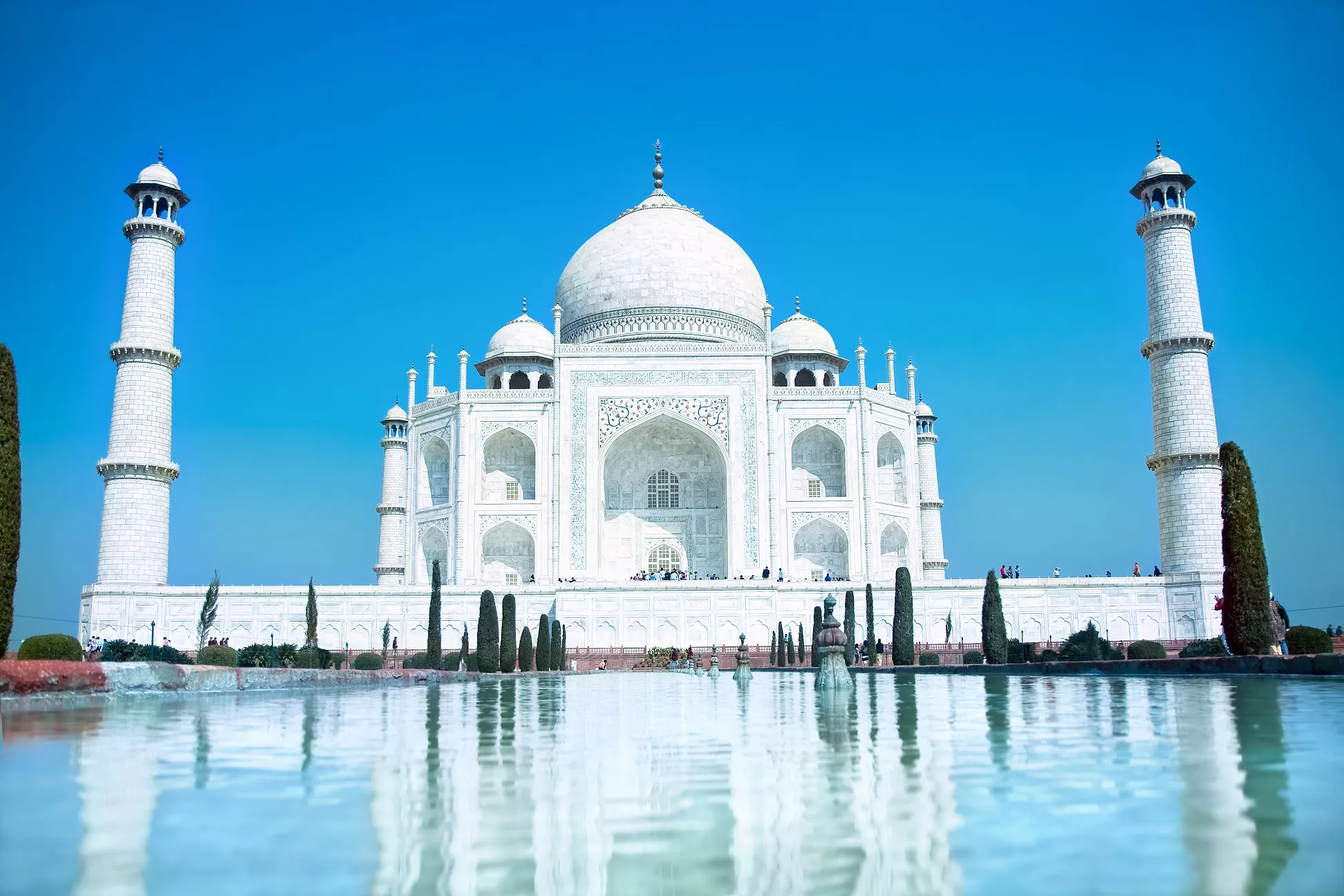
The education system in India has struggled for a long time. With the country set to become one of the youngest nations in the world by 2030 – around 140 million people will be in the college-age group – can the country live up to its aims of delivering a world-class higher education system?
To coincide with our latest report on Indian international student mobility, we look at the efforts being made to improve the country’s home-grown institutions.
Despite strong ambitions, the higher education system in India still lags behind the standards of the world’s best universities. In the QS World University Rankings® 2015/16, only two Indian universities were featured in the top 200, while just 10 made it into the top 700.
[fusion_content_boxes layout=”icon-on-top” columns=”1″ title_size=”24″ title_color=”#ffffff” body_color=”#ffffff” backgroundcolor=”#74a1eb” icon=”fa-bar-chart” iconflip=”” iconrotate=”” iconspin=”no” iconcolor=”” icon_circle=”” icon_circle_radius=”” circlecolor=”” circlebordersize=”” circlebordercolor=”” outercirclebordersize=”” outercirclebordercolor=”” icon_size=”” icon_hover_type=”” hover_accent_color=”#a3c94c” image=”” image_width=”” image_height=”” link_type=”button” link_area=”link-icon” link_target=”_blank” icon_align=”left” animation_type=”” animation_delay=”” animation_offset=”” animation_direction=”left” animation_speed=”0.3″ margin_top=”” margin_bottom=”” hide_on_mobile=”small-visibility,medium-visibility,large-visibility” class=”” id=”” image_max_width=””][fusion_content_box title=”QS World University Rankings 2018″ backgroundcolor=”” icon=”” iconflip=”” iconrotate=”” iconspin=”no” iconcolor=”” circlecolor=”” circlebordersize=”” circlebordercolor=”” outercirclebordersize=”” outercirclebordercolor=”” image=”” image_max_width=”35″ image_height=”35″ link=”http://bit.ly/2jV8rh1″ linktext=”See Rankings Here” link_target=”” animation_type=”” animation_direction=”left” animation_speed=”0.3″ animation_offset=””]
It may also be of interest to you, that our QS World University Rankings for 2018 have been released!
Discover the world’s top universities. Find out how Universities are ranked per subject. What regions and universities have climbed this year’s rankings and what well-established country for higher education has had the majority of its institutions fall down our list?
[/fusion_content_box][/fusion_content_boxes]
The government is continuing to launch schemes designed to improve the higher education system in India for a long time, including a number of new initiatives launched this year.
What is the government doing to raise educational standards?
In his budget speech last month, the finance minister, Arun Jaitley, announced a number of measures intended to improve the quality of higher education in India.
The “Higher Education Financing Agency” (HEFA), a not-for-for profit organization responsible for improving the infrastructure of the country’s top universities, was one of the main initiatives announced. It was given 100 billion rupees (about US$1.5 billion) to improve standards.
The second proposal was that the country develops 20 world-class institutions; 10 public and 10 private. It’s yet to be announced which institutions will be selected as the focal points for these targets.
While the goals are admirable, the higher education system in India remains plagued by challenges:
A shortage of quality and a shortage of teachers
For years, India has had a severe problem with a shortage of teaching staff, made steadily worse as it rapidly expands its higher education system. The appeal of pursuing other career options for those graduating, coupled with the lack of facilities for postgraduate education and the retiring generation of current professors has resulted in an unsustainable student-teacher ratio.
Cash-starved state universities in India are often unable to hire new staff due to the lack of funds. Unregulated private colleges are often profit-driven, so cost-cutting in areas like staff is all too common.
But staff shortages aren’t the only cause for concern. The gross enrolment rate of college-aged people in tertiary education in India was 25% in 2013, the latest data available. This compares to around 60% in countries like France and Britain, and 36% in Brazil – another BRICS country. Clearly, there remains a significant unmet demand for places at universities in India.
Because of this demand and the lenient system which regulates higher educational institutions, there are hundreds of privately set-up colleges offering a sub-par standard of education in India in order to turn a profit.
This results in graduates who are unable or unfit to enter the professions their degrees are supposed to train them for.
Universities in India are not preparing their students for employment
Because of the poor standard of education in many Indian institutions, those graduating from outside the small number of well-performing universities struggle to find work.
A number of studies, including the National Skills Report, 2014, found that only around 30% of graduates were considered employable.
The assessment tested students across the country on skills such as communication, numerical and logical ability and domain knowledge. The poor level of performance underlines the issue of educational standards amongst unregulated “colleges”.
Can India be an attractive destination for international students?
International students not only bring in revenue, they also help cultivate a university’s reputation as collaborative, attractive and reputable. Currently, India’s international student rate is much lower than many other countries, but that is something the nation is trying to change.
In 2000/2001 there were only around 7,000 international students in the country, a minuscule number compared to the size of the population (at that time 1.06 billion). In 2012/2013 that number rose to around 20,000 – still much lower than the average growth in international student mobility.
The primary objectives for the country are, naturally, to improve the enrolment rate and employability of the Indian population, before focusing too heavily on bringing in international students. However, if the higher education system in India is able to address the major issues it is facing and establish a number of internationally renowned institutions, international collaboration is also likely to play a growing role, as more talented students and academics flow into the country – not just out of it.
It’s even possible that India could be the next key regional hub for international study; its inbound students already primarily come from the Middle-East and Asia. The rapid economic and social development the country has gone through in recent years, and the business links it already has with nations across the globe, suggest that it could become a major education destination as well. Already known for engineering and mechanics, with solid investment and a well-structured development programme, this identity could be transferred to the entire higher education system in India.
Interested in finding out more about higher education trends in India? Our latest report talks to real students about their goals and motivations.







